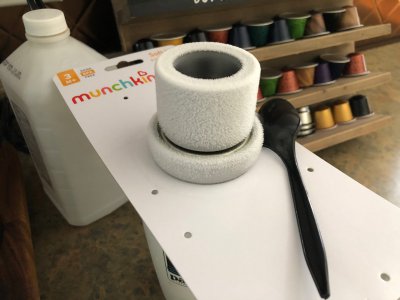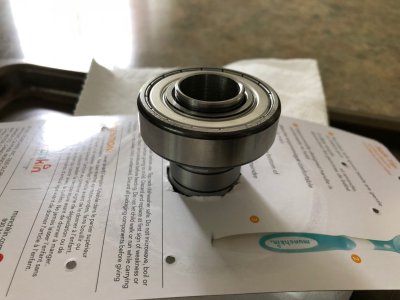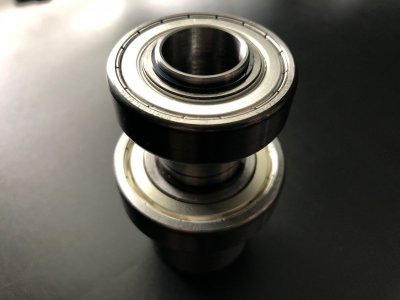All the name brands have manufacturing plants in China, Timken is the only one I know of that imports from there. The rest of them supply the Chinese market and possibly some of the Asian countries, but some can always find their way back here through the gray market.I don't know about FAG, but SKF has lines in China. Unlike Timken, they have the good sense to put different brand names on their economy lines so the buyer knows the difference.
The Chinesium Timkens I've bought for my equipment are holding up just like... new bearings. They seem good. They're Amazon priced. I'm guessing they have to meet some kind of quality standards to wear the name, so given the choice between them and regular generic China bearings I've been hedging on the Timkens. Of course, I could just be another sucker paying for tap water in a bottle with a french sounding name and a picture of a mountain on the label.
I’m not sure if FAG branded bearings are made in China, I do know INA bearings are made there, primarily for the automotive industry. There is an FAG factory in Korea, I have gotten bearings from that plant many times. I can’t speak for the other brands, but the Schaeffler Group (INA, FAG, BARDEN), has their own quality people there to ensure the bearings meet their standards, and I would not hesitate to use one from the major brands that was made there, provided it was purchased through an authorized distributor so you know it is not fake.
Another point I would like to make, I think it was in 2006 or so, there was a shortage of bearings due to high demand, and manufacturers were trying to get all the bearing quality steel they could get. At our national sales meeting, the VP for procurement gave a presentation on Chinese steel being used in bearings, their testing showed the steel was just as good as anything coming out of Western Europe. The Chinese are capable of making things to our standards, you just have to be willing to pay for it.




